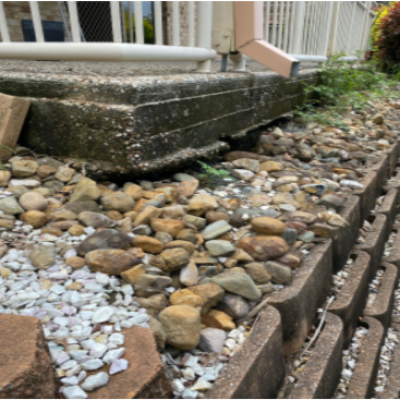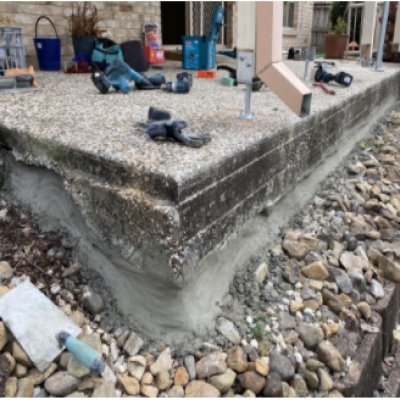Understanding the Causes and Solutions
Defending Against Concrete Cancer
Concrete cancer, also known as spalling concrete, results from the corrosion of steel reinforcement within concrete. This corrosion occurs due to factors such as alkaline degradation, weathering, and environmental stressors. As cracks develop and water penetrates, corrosion accelerates, leading to structural damage. Understanding the causes and implementing protective measures are crucial in preventing and repairing concrete cancer.
The alkali–silica reaction, also commonly known as concrete cancer, is a deleterious internal swelling reaction that occurs over time in concrete between the highly alkaline cement paste and the reactive amorphous silica found in many common aggregates, given sufficient moisture.
Concrete Cancer
Understanding the Degradation Process
When the concrete mix is placed it is in an alkaline state. This is the chemical state of the concrete which acts to protect the steel reinforcement against corrosion. Through weathering and a process called “carbonation” and/or “chloride ion” attack, the alkaline protection diminishes.
Due to minor building movement, or shrinkage of the concrete when curing, or a breakdown of protective paint coatings, or minimal concrete coverage over the steel, or a severe environment. Cracking of the concrete can occur or natural chemical degradation due to carbonation and chloride ion ingress can occur.
The effects of carbonation (resulting in chemical changes to the concrete) and the cracks, (which are at times microscopic) allow water and air to reach the reinforcing bars where corrosion or rusting occurs. The product of the corrosion process, rust (ferrous oxide), has volume eight times the original steel volume.
Whilst the concrete remains highly alkaline this process is resisted by the passivating layer that occurs on the steel when in contact with a highly alkaline product. The passivating layer is likened to anodising of aluminium where a strongly bonded corrosion product on the steel protects the steel from damage whilst in an alkaline environment.
The increase in volume exerts considerable forces on the surrounding concrete and, as the concrete is weak in tension, it breaks away.
As the concrete breaks away, it exposes more of the reinforcing steel to the elements, and hence, accelerates the deterioration process. Although only a small amount of damage or corrosion is first visible, the extent of the corrosion continues along the reinforcing bar and therefore, a lot of the area that requires repair is not visible.
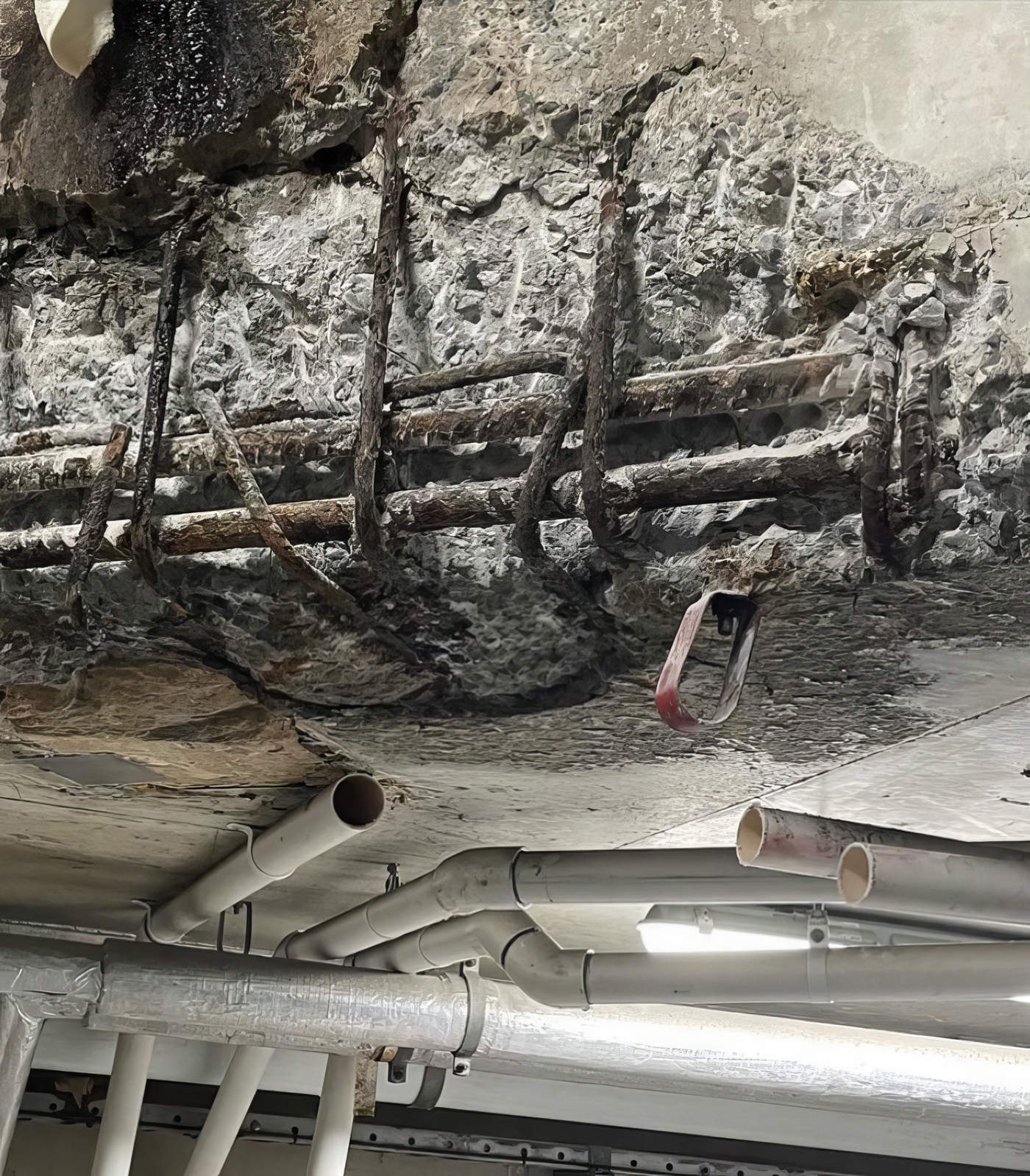
As can be seen, the more damage that occurs, the faster the deterioration, hence the name, “concrete cancer”. Unless treated correctly and thoroughly, the problem extends at a more rapid rate.
Protecting and Repairing Your Structures
Repair Methods
Balcony Concrete Cancer Repair
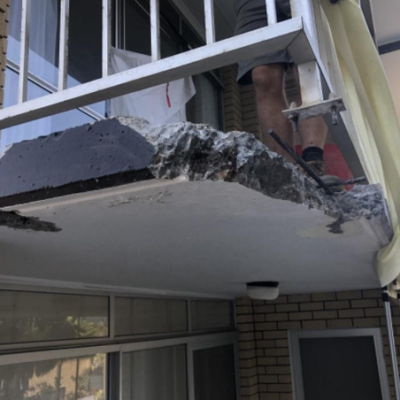
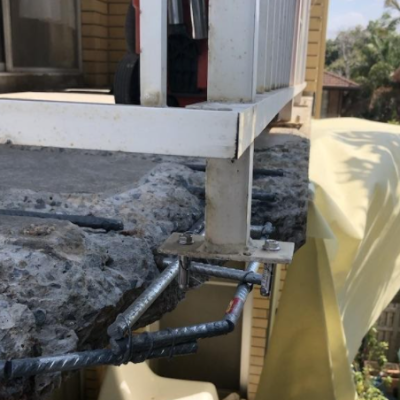
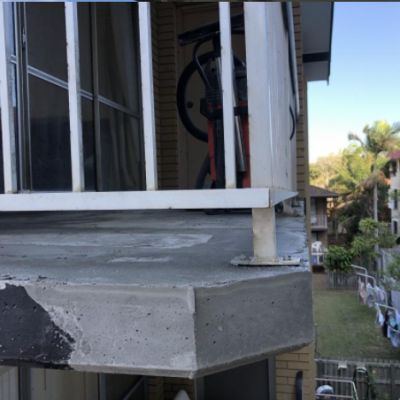
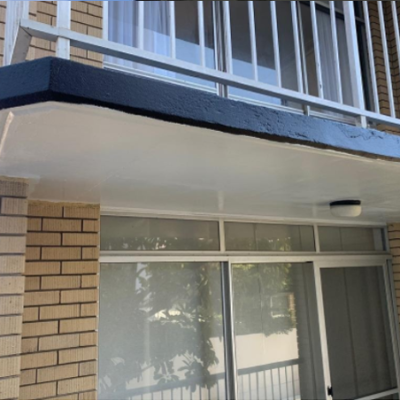
Corroded Metal Beam Replacement
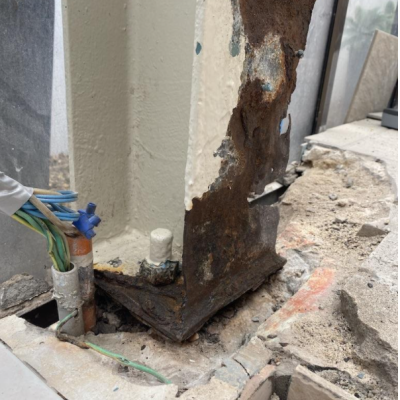
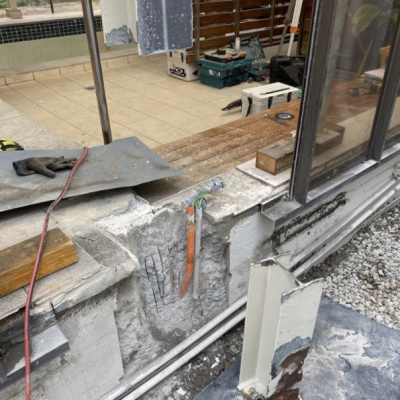
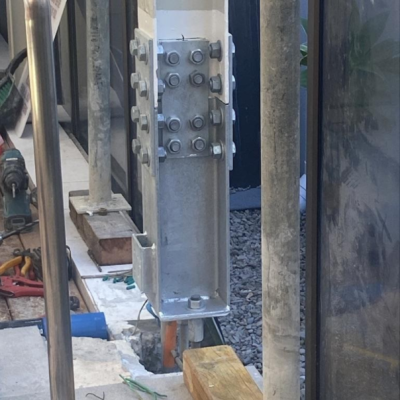
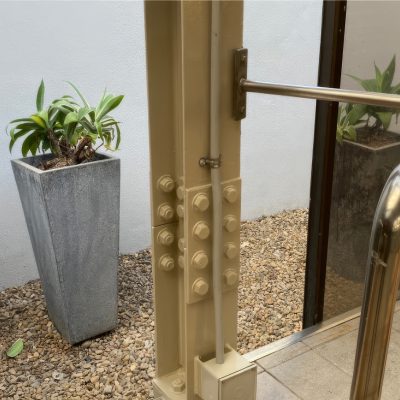
Concrete Foundation's Repair
